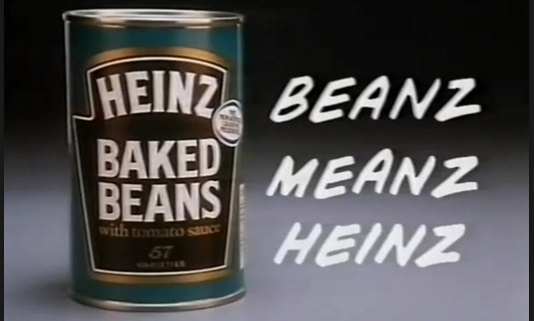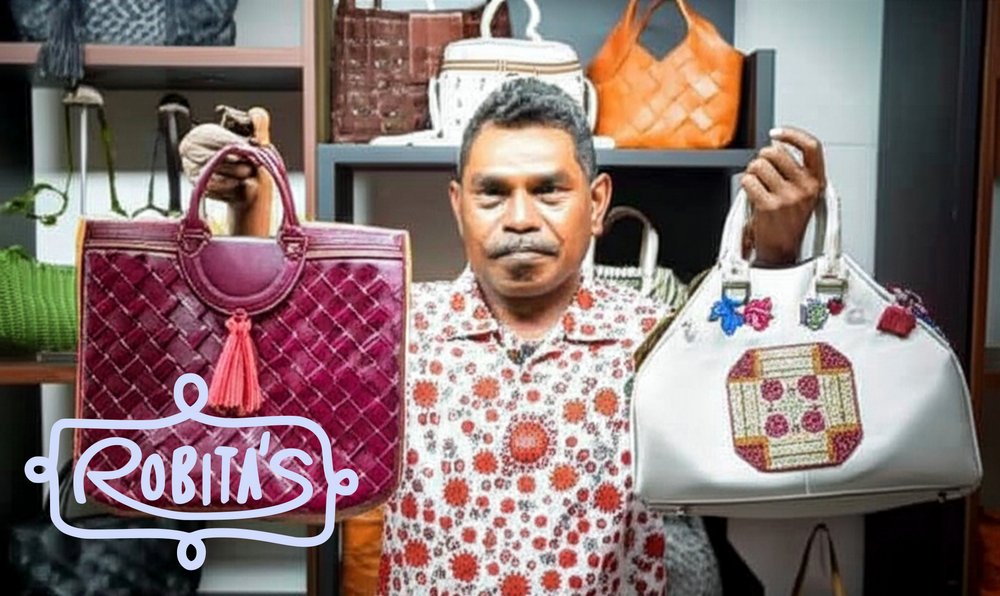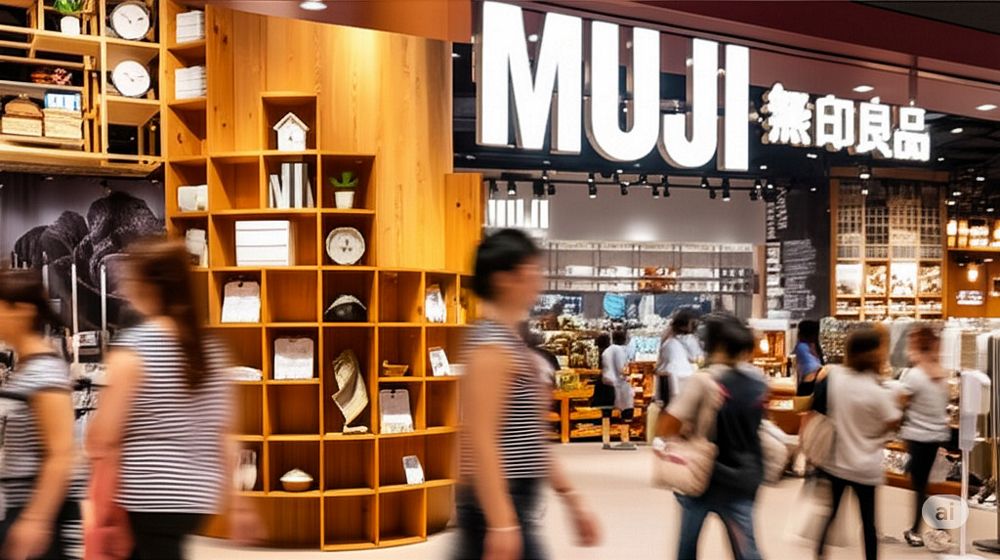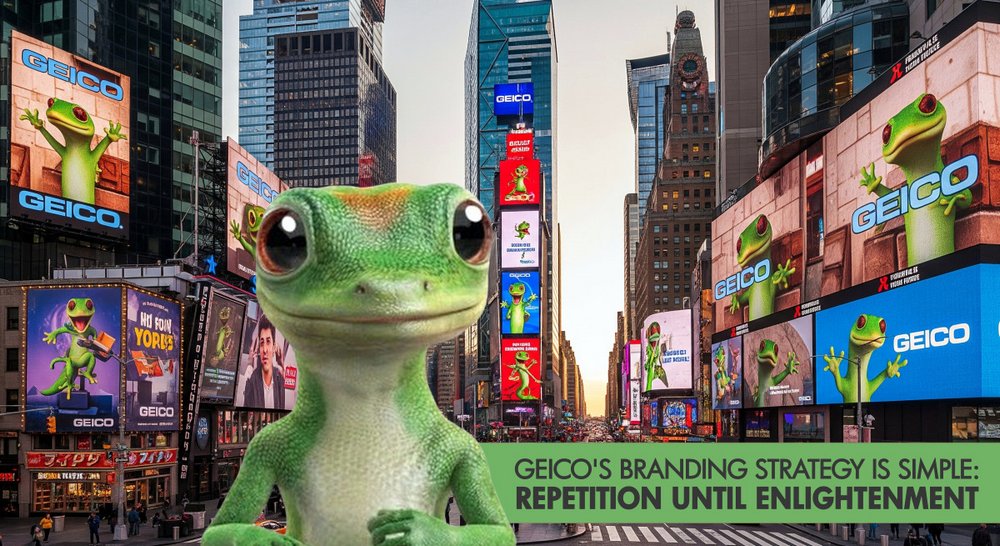
Singapore Airlines (SIA) maintains a policy that forbids its flight attendants from using public transit while attired in the iconic sarong kebaya. The airline does not permit use of the MRT or buses while wearing this distinctive uniform—not due to fears of flash mobs or schedule disruptions, but because it understands a truth about prestige that many other institutions overlook: luxury, if it is to be believed, must never fraternize with the ordinary.
SIA reserves its cabin crew for premium environments only. Thoughtfully appointed airport settings, sleek aircraft, and exclusively chauffeured transport compose the backdrop against which these ambassadors operate. While competitors vie for attention with over-the-top safety videos and celebrity endorsements, Singapore Airlines recognizes that luxury lies as much in perception as it does in service.
For decades, the carrier has cultivated its reputation through a philosophy that transcends superficial marketing. The airline’s symbolic emissary, the Singapore Girl—part brand ambassador, part mythological figure—has become a timeless icon of grace and attentiveness. She represents the airline’s commitment to a cultivated ideal. She does more than serve; she embodies Singapore’s national pursuit of understated sophistication and Asian grace, an ethos perfectly captured by the hallmark tagline ‘A Great Way to Fly.’
Even the smallest service gestures reflect this ethos. Coffee cup handles are placed precisely at 3 o’clock for right-handed passengers. A simple glass of water in economy class is not merely handed over, but presented on a tray. Refinement is upheld even at 39,000 feet—a testament to the notion that elegance hinges as much on perception as on reality. And perception, when shaped with surgical precision, becomes power in marketing.
Idea for Impact: Success demands not only the delivery of excellence, but the relentless crafting of the narrative that defines it.



 BlaBlaCar’s deliberate decision not to expand into the United States underscores how cultural fault lines can impede the global flow of innovation. The French platform has
BlaBlaCar’s deliberate decision not to expand into the United States underscores how cultural fault lines can impede the global flow of innovation. The French platform has 
 McDonald’s has long leaned on
McDonald’s has long leaned on 
 Marketers have adapted this insight with varying degrees of boldness. Dove, the personal care brand under Unilever, redefined beauty norms by spotlighting authenticity. Its
Marketers have adapted this insight with varying degrees of boldness. Dove, the personal care brand under Unilever, redefined beauty norms by spotlighting authenticity. Its  Yet the Pratfall Effect
Yet the Pratfall Effect .jpg)
 Virgin Cola
Virgin Cola  The much-whispered
The much-whispered  PepsiCo’s acquisition of probiotic soda brand Poppi and Mexican-American snack label Siete Foods signals a clean-label, culturally conscious
PepsiCo’s acquisition of probiotic soda brand Poppi and Mexican-American snack label Siete Foods signals a clean-label, culturally conscious  Ask anyone who has ever written something that actually worked—a punchy social post, a compelling blog entry, a persuasive ad, or even a user manual that finally made sense—and they’ll tell you: it didn’t begin with confidence or inspiration. It started with motive.
Ask anyone who has ever written something that actually worked—a punchy social post, a compelling blog entry, a persuasive ad, or even a user manual that finally made sense—and they’ll tell you: it didn’t begin with confidence or inspiration. It started with motive.